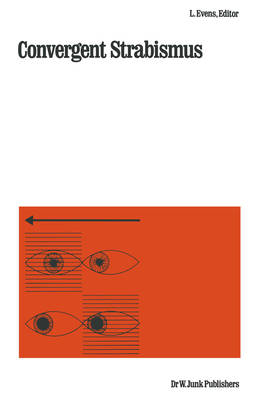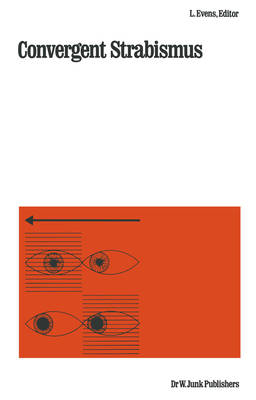
- Afhalen na 1 uur in een winkel met voorraad
- Gratis thuislevering in België vanaf € 30
- Ruim aanbod met 7 miljoen producten
- Afhalen na 1 uur in een winkel met voorraad
- Gratis thuislevering in België vanaf € 30
- Ruim aanbod met 7 miljoen producten
Zoeken
Omschrijving
When the Board of Directors of the Belgian Ophthalmological Soci ety, in its session of November 26th 1978, asked me to prepare a report on strabismus to be presented at the joint meeting of the Dutch and Belgian Ophthalmological Societies to be held on June 13th 1981, I felt greatly honored but still more overwhelmed by the immensity of the task.
Specificaties
Betrokkenen
- Uitgeverij:
Inhoud
- Aantal bladzijden:
- 380
- Reeks:
Eigenschappen
- Productcode (EAN):
- 9789400980266
- Verschijningsdatum:
- 12/10/2011
- Uitvoering:
- Paperback
- Afmetingen:
- 156 mm x 244 mm
- Gewicht:
- 617 g

Alleen bij Standaard Boekhandel
+ 225 punten op je klantenkaart van Standaard Boekhandel
Beoordelingen
We publiceren alleen reviews die voldoen aan de voorwaarden voor reviews. Bekijk onze voorwaarden voor reviews.







